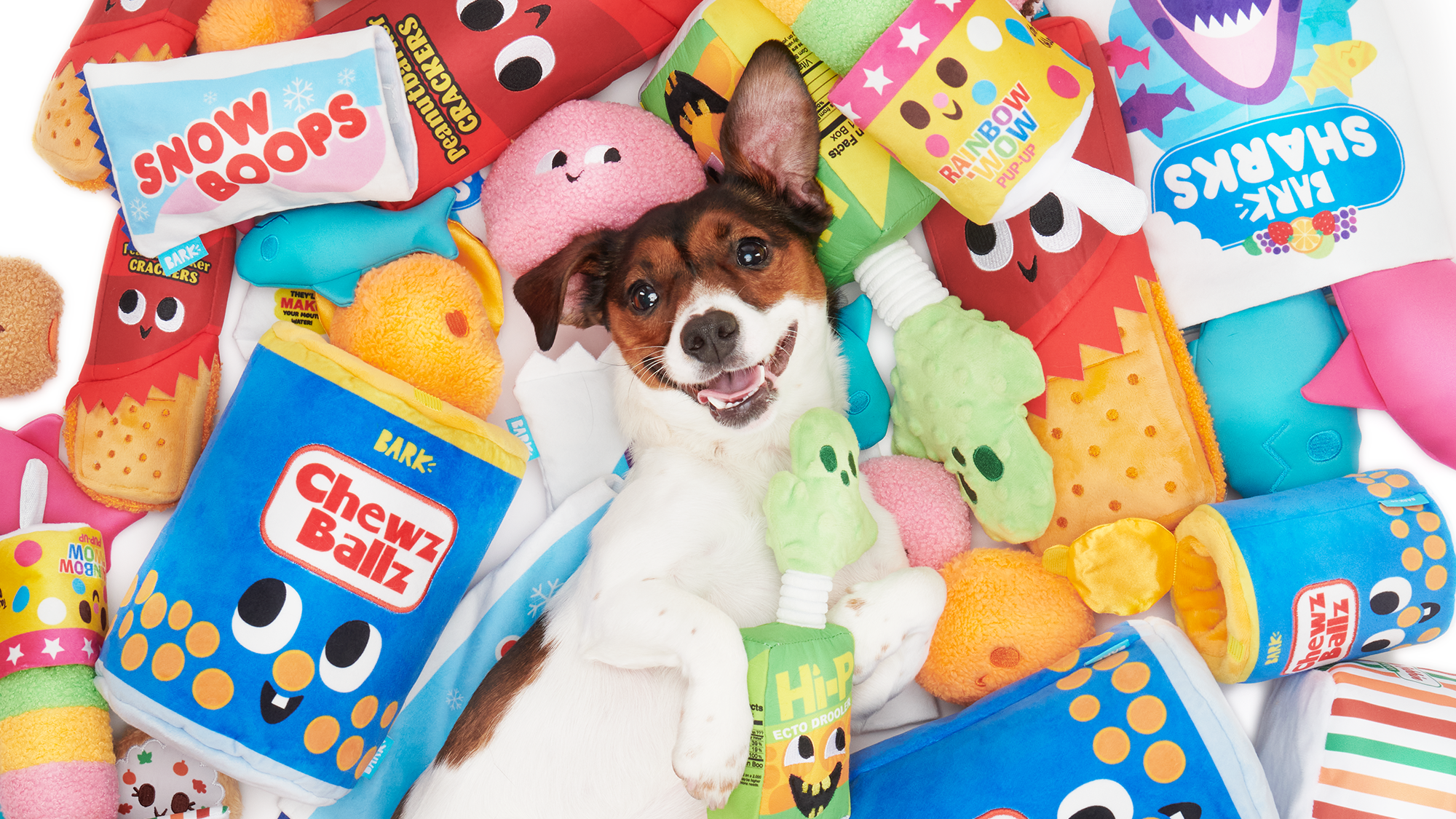Are pet cameras worth it? I put one to the test to find out!
'I always thought they looked interesting, but I wasn’t sure whether we really needed one...'
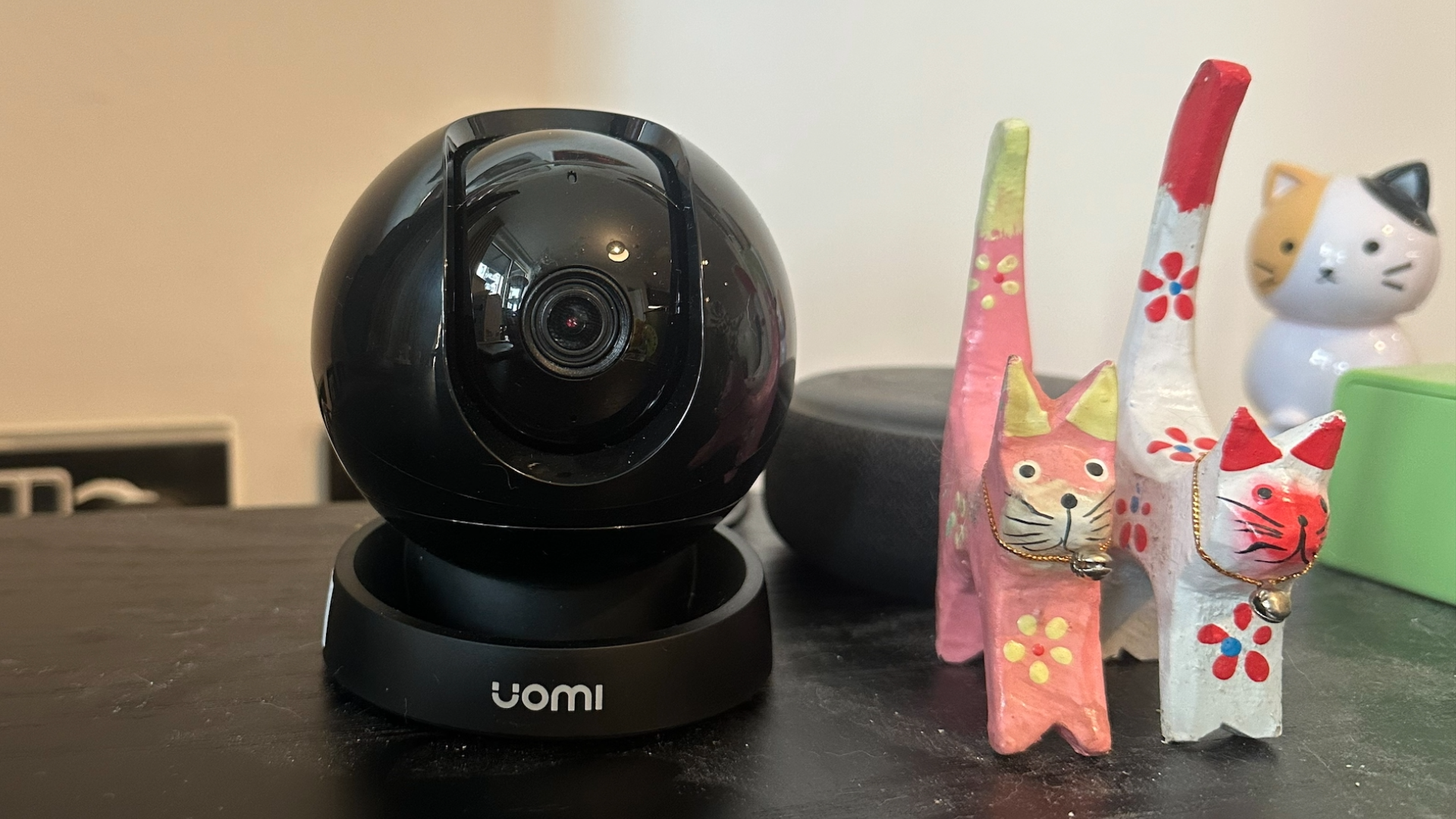
Have you ever used a pet camera? Many pet parents use them to keep an eye on their animals when they’re out of the house – whether that’s for a couple of hours or a few days – and they can even double up as security cameras to make sure there aren’t any intruders.
There are so many popular options on the market, but until recently, I’d never used one myself. While I always thought they looked interesting, I wasn’t sure whether we really needed one. Growing up, my family had various cats and other pets – hamsters, fish, a rabbit, a dog – and we never used one.
However, my partner and I decided to give one of the best pet cameras a try to see if they’re worth it, and to find out what our cats, Bunny and Dougie, might think. I also reached out to Dr Rebecca MacMillan to find out more about the pros and cons of pet cameras and looked at how to choose the right device.
My experience using a pet camera

We were curious to see what the cats might get up to when we weren’t there, so we thought we’d try a pet camera. I wasn’t sure how useful I’d find it, given that they’re both indoor cats and we live in an apartment, but I was excited to see how things would go.
I used the IMOU Rex 3D which has a range of features – including night vision, motion detection, two-way talk, and a 360-degree view – because I felt it seemed like a good all-rounder. Setting it up involved downloading the IMOU app, which has an accessible interface, and it was easy to find the main functions – like the microphone.
It was fun to see what the cats got up to while we were out in the evening, and I also caught myself checking it while working in our home office to see what they were doing in the living room from my chair, just because I could.
They didn’t really seem to notice the camera much – or if they did, they didn’t acknowledge it. Instead, they carried on with their days as normal. Overall, I feel like it’s a useful tool and definitely worth the initial expense.
Get the best advice, tips and top tech for your beloved Pets
Pros of using a pet camera
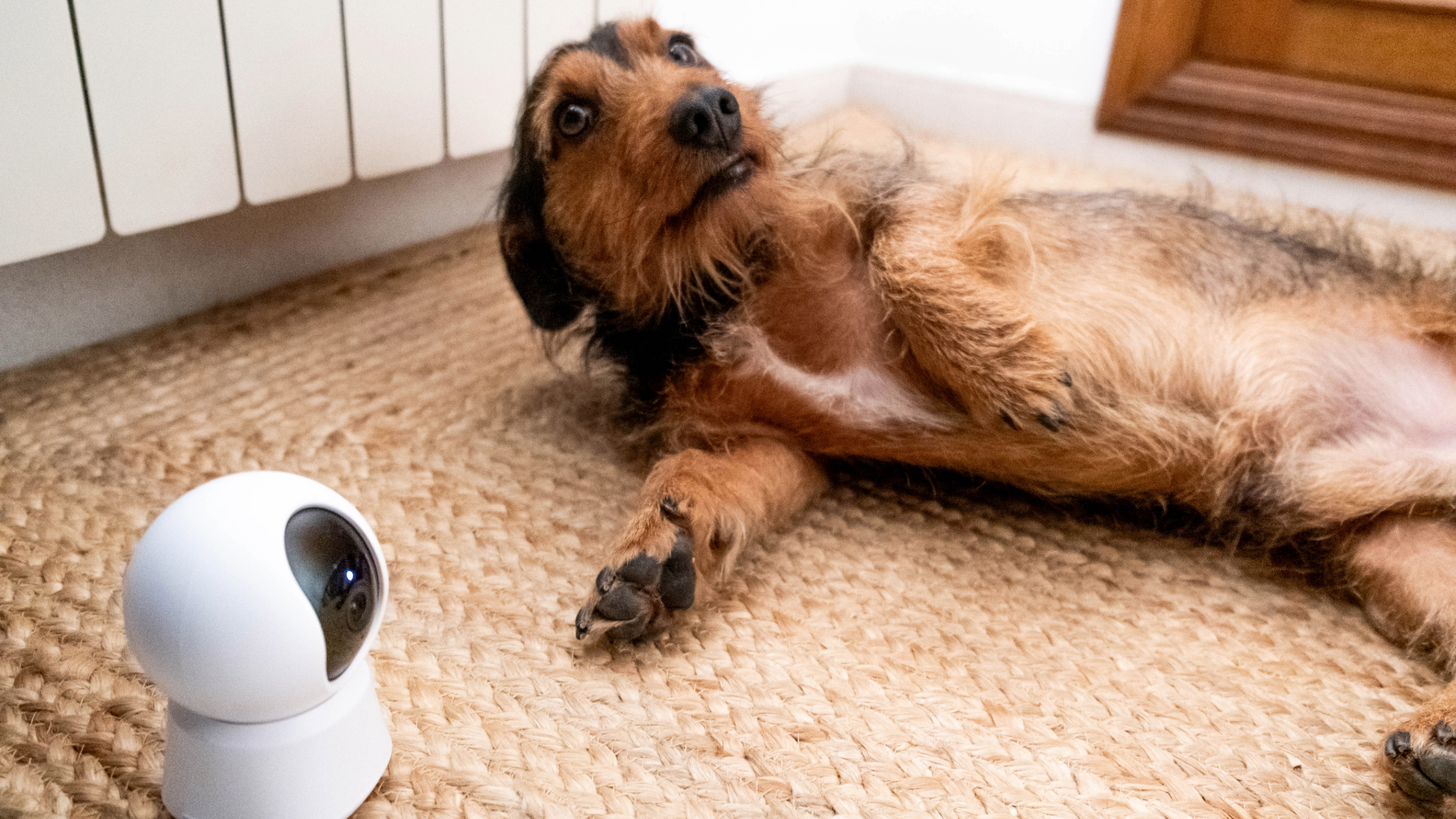
There are lots of benefits to using a pet camera. The obvious one is that they let you check in on your pet while you’re away, so you can see what your animals get up to when they’re unsupervised . Are there any signs of separation anxiety, perhaps, or do your pets not get on as well as you expected when no humans are at home?
It can be fun to take a look at what your pets get up to, too. Maybe you’ll see them playing or being a little bit naughty – are they doing something they know they’re not supposed to?
“A pet camera also gives some owners a bit of peace of mind, especially if their pet suffers from a health condition like epilepsy or cardiac disease,” says Dr. MacMillan.
She also points out that these cameras let you ensure any caregivers, such as pet sitters or dog walkers, have been there as planned. Just make sure they know you’re using a camera and that they consent to it before you head away.
You can also use a pet camera as a security camera, so you can keep an eye out for unwelcome intruders.
Cons of using a pet camera

Pet cameras are great tools in a lot of ways, but there are some potential downsides.
“The main disadvantage of pet cameras is that some people can become a bit obsessive, checking on their pet every five minutes,” says Dr. MacMillan. “This can be quite distracting if you are supposed to be concentrating at work or another engagement.”
Checking in every so often is no bad thing, but if it starts to impact your productivity or focus at work, or you’re struggling to enjoy a meal out or your child’s soccer game because you keep going on to the camera’s app on your phone, there might be an issue.
While it’s important not to check the camera all the time, on the other side of the coin, we shouldn’t use pet cameras as a substitute for interaction.
“Some clever cameras can dispense treats (like this one from Amazon) and allow you to talk to your pet, but you must not become too overly reliant on these functions,” says Dr MacMillan. “These are not a good replacement for real human companionship.”
Just because pet cameras allow you to speak to your pet remotely, you shouldn’t be leaving them at home for longer. For many pets, hearing your voice but not being able to see or smell you can actually be stressful – they don’t have the same understanding of pet tech as we do.
How to choose a pet camera
There are a lot of pet cameras on the market, so how do you choose one?
Video quality is important for many pet parents, so a higher-resolution camera might be desirable. Resolution refers to how many pixels make up the image, with higher resolution meaning more pixels, and a clearer, sharper, image. 1080p, also known as Full HD, will probably be the minimum for most pet parents. However, 2.5k (Quad HD) and 4k (Ultra HD) will be clearer and sharper still.
Some cameras have night vision capabilities, too (like this one from Amazon). If you often go out in the evenings or you’d like to learn more about your pet’s sleep patterns when you’re not there, this could be something you prioritize when shopping around.
Then, consider what field of view you’d like. Wide-angle pet cameras have lenses that cover a larger area of view, while many pet cameras offer panning and tilting options, where they rotate horizontally and vertically respectively. These allow you to see all around the room, and many will move as they detect movement, allowing you to follow your pet as they move around.
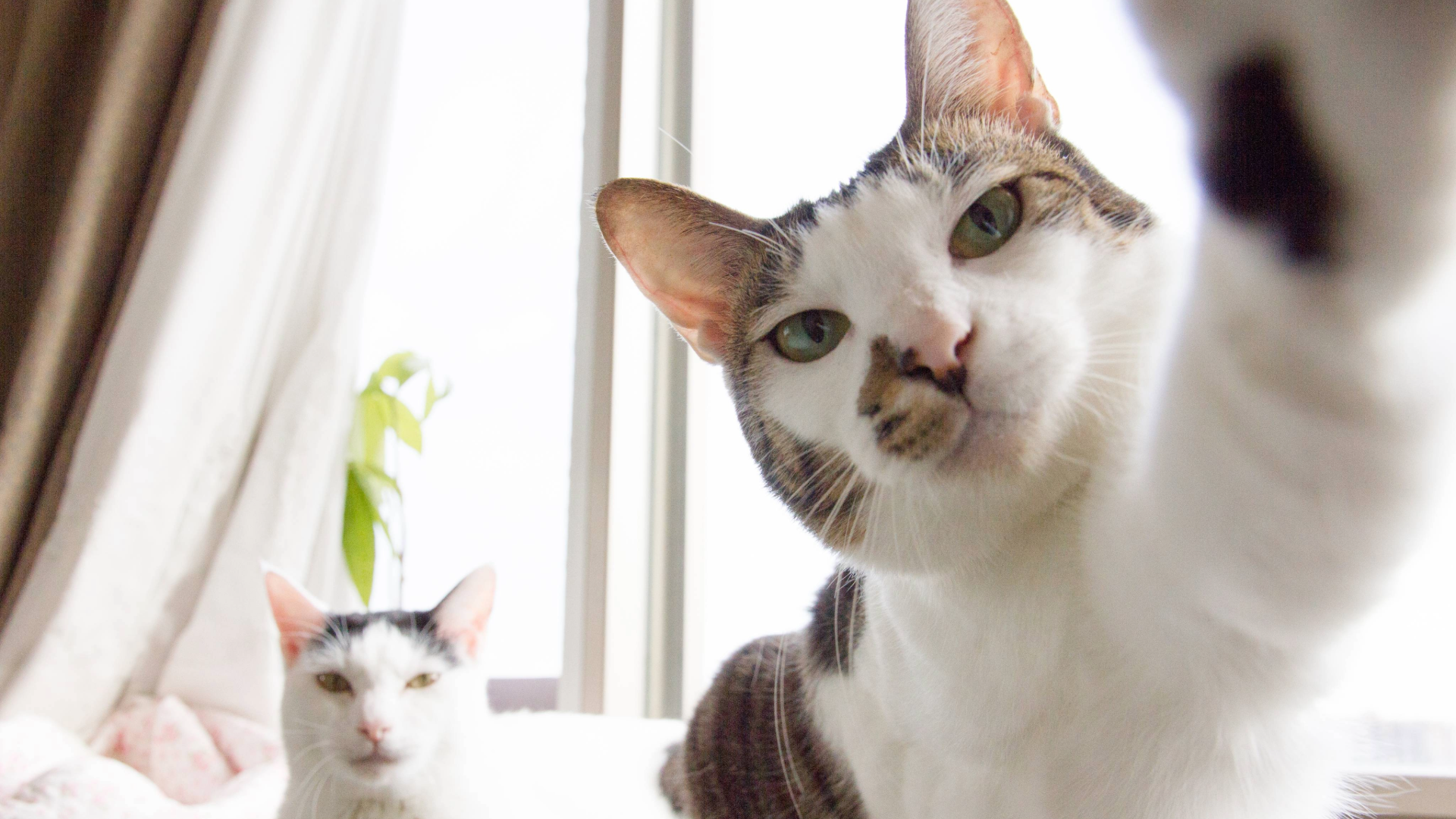
Other things to consider include the camera’s storage capabilities and its motion detection abilities, while many require you to download an app onto your smartphone – you might want to look online to find out more about the apps and how to use them.
Many cameras are wireless, while others need to be connected to a power source. Likewise, most cameras use Wi-Fi, but some also work connected to your router directly via an ethernet cable. Think about where your router and your plug sockets are, and where you’d like to place the camera, to help you decide on the best one for you.
Then, it’s time to look at the additional features. Do you want a camera that allows you to talk to your pet? How about one that has the ability to dispense treats for your dog or is equipped with a laser for playtime with your cat (like this one from Amazon)?
Buying the right pet camera might feel daunting, but they’re a sound investment if you’d like to keep an eye on your pets when you’re not there. Just be mindful not to check it obsessively to the detriment of your own life, and don’t use it as a substitute for actually spending quality time with your furry friends, and you’re unlikely to go far wrong.
On the lookout for more pet tech? Take a look at my review of the Enabot ROLA Smart Pet Water Fountain and our list of the best microchip cat flaps. Or, read one pet parent's review of the Petcube Cam 360.
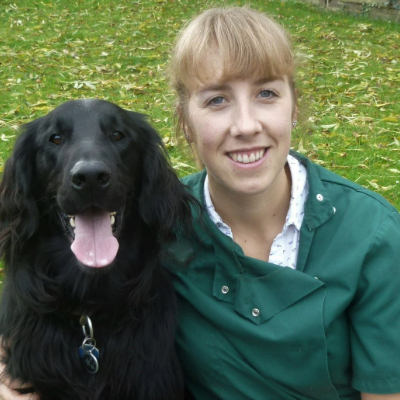
Rebecca is a veterinary surgeon who graduated in 2009 from the Royal Veterinary College in London. She has a wealth of experience in first opinion small animal practice, having done a mixture of day-to-day routine work, on-call emergency duties and managerial roles over the years. Rebecca enjoys medicine in particular and she is proud to have recently achieved a BSAVA postgraduate certificate in small animal medicine (with commendation).
Edited by Megan Milstead.
This page was last updated in July 2025 by Adam England.

Adam is a freelance journalist specialising in pets, music and culture, and mental health and wellbeing. He investigates and writes the large majority of news on PetsRadar, and collaborates with veterinary experts to produce informative pet care content.
Adam has a journalism degree from Southampton Solent University and a masters degree in Magazine Journalism from Cardiff University. He was previously senior editor at dog advice website DogTime.com, and has also written for The Independent, GoodToKnow and Healthline.
He owns two rescue cats, Bunny and Dougie, and has also previously had a rabbit, fish and Roborovski dwarf hamsters.
